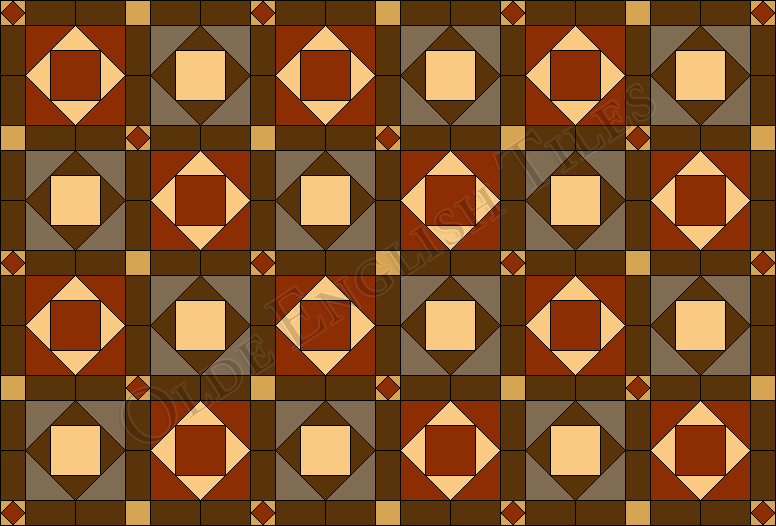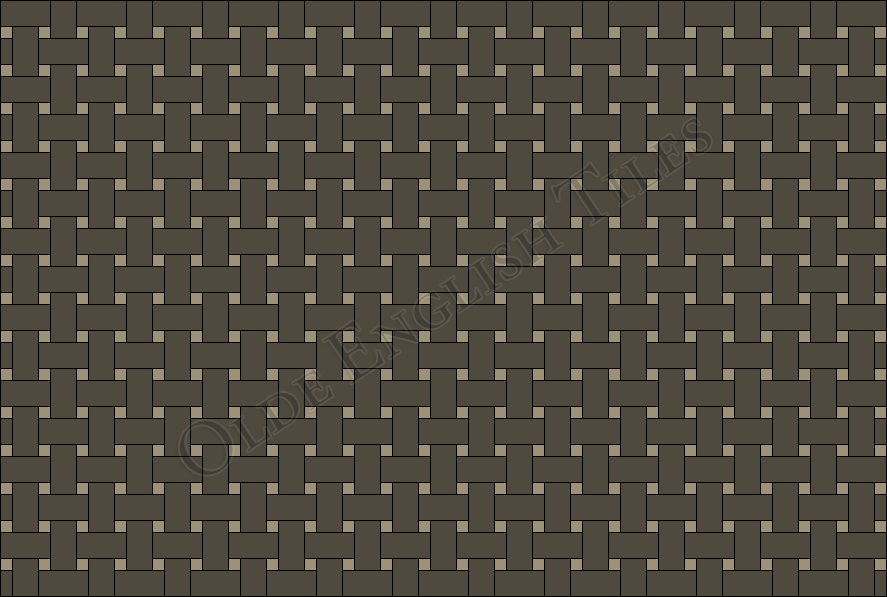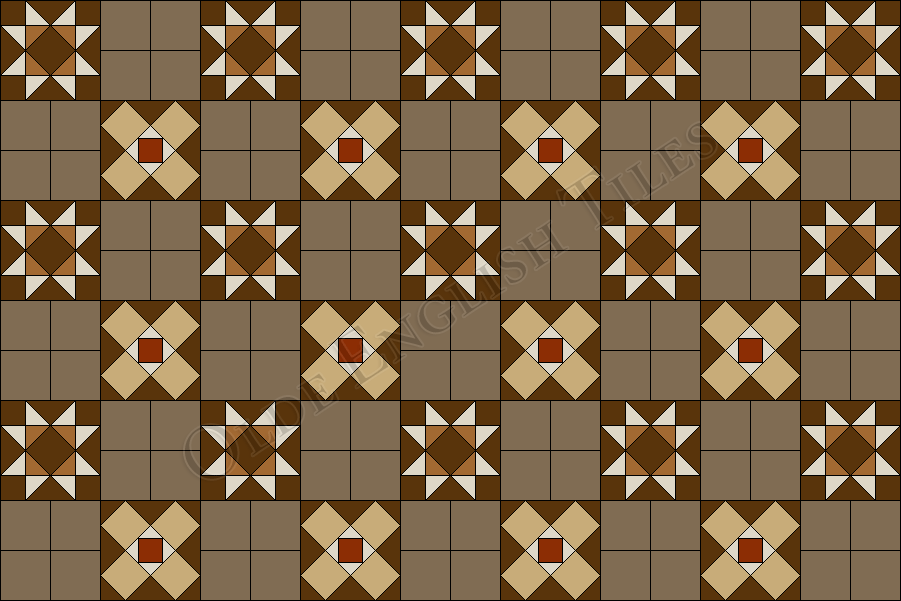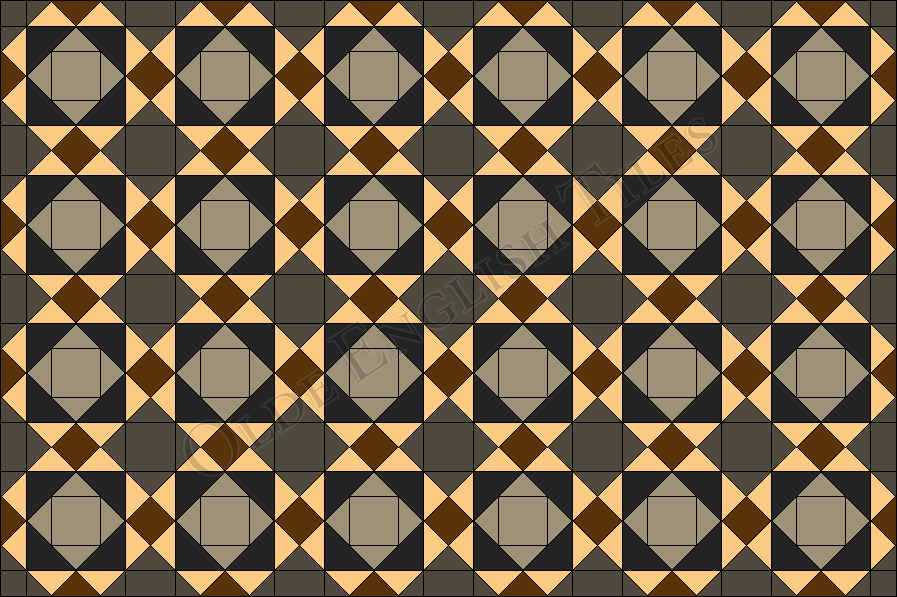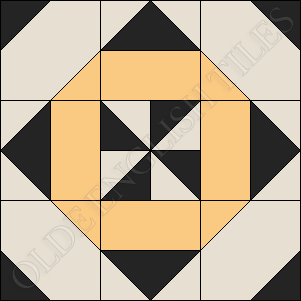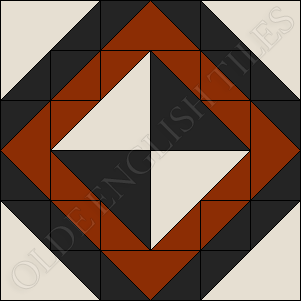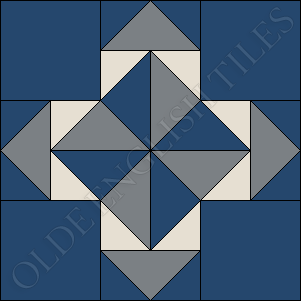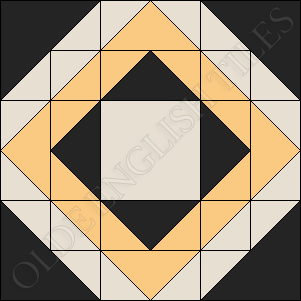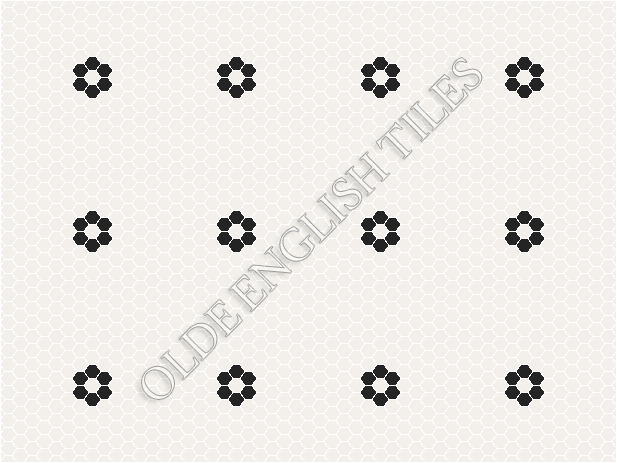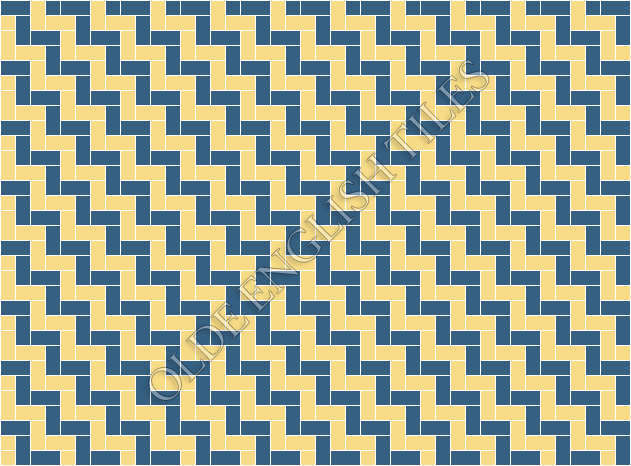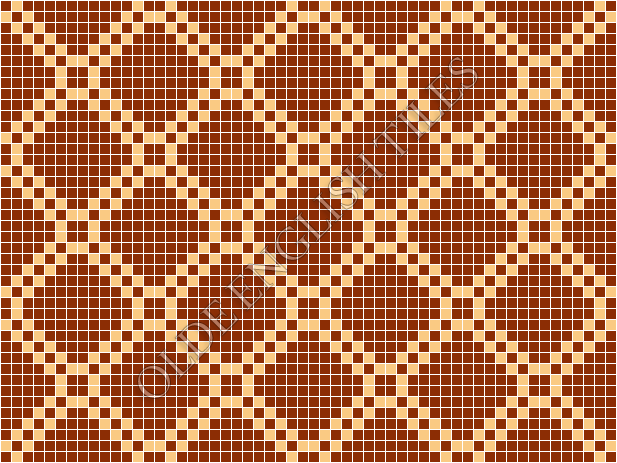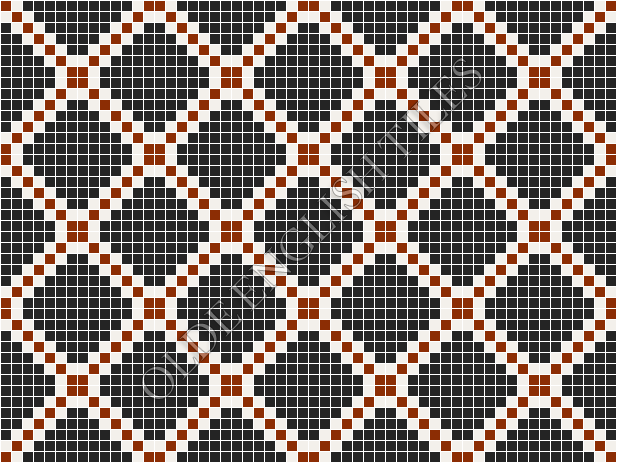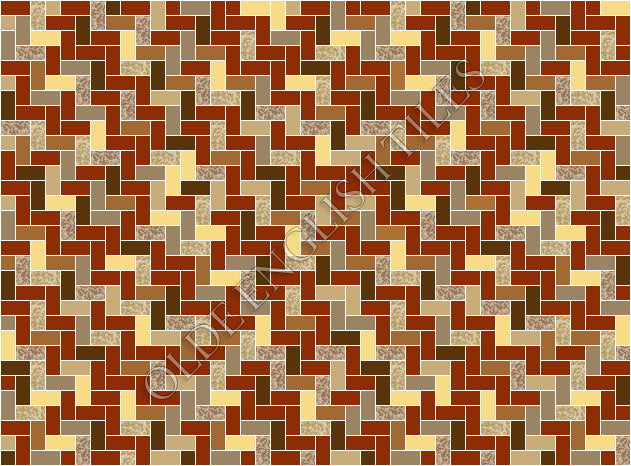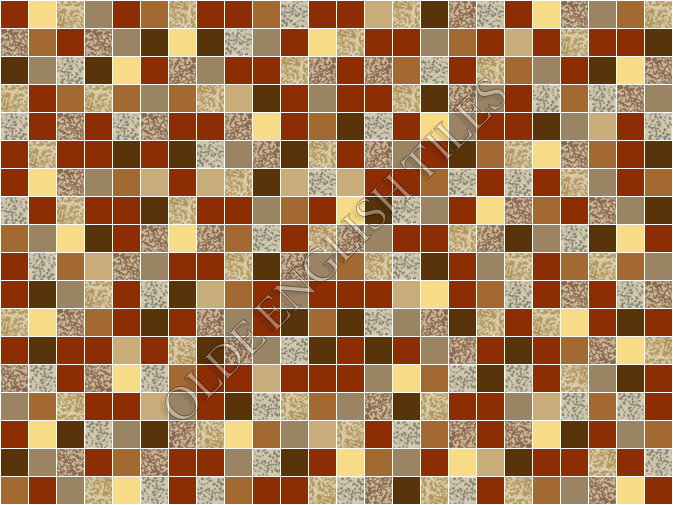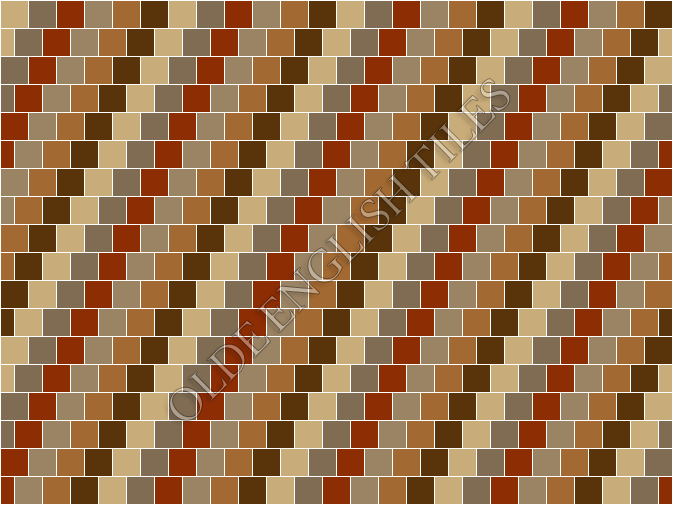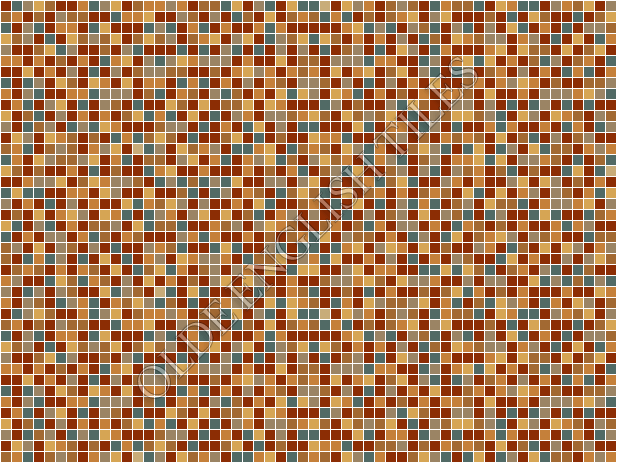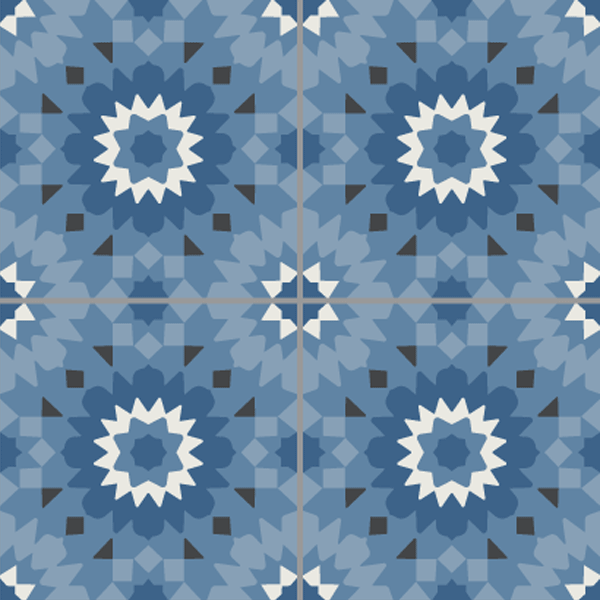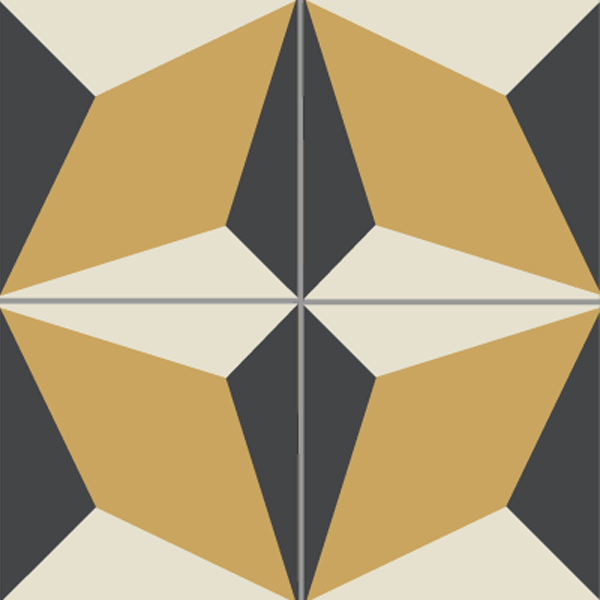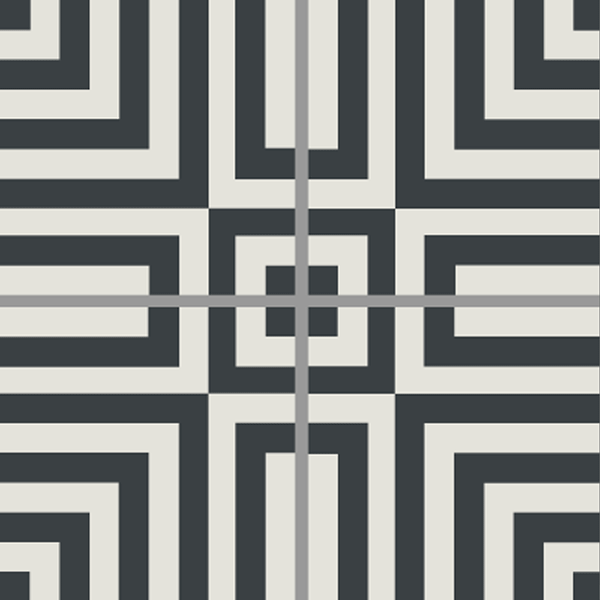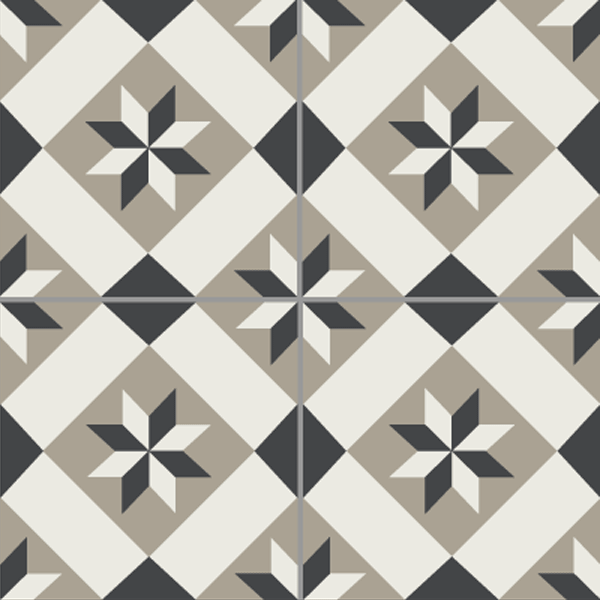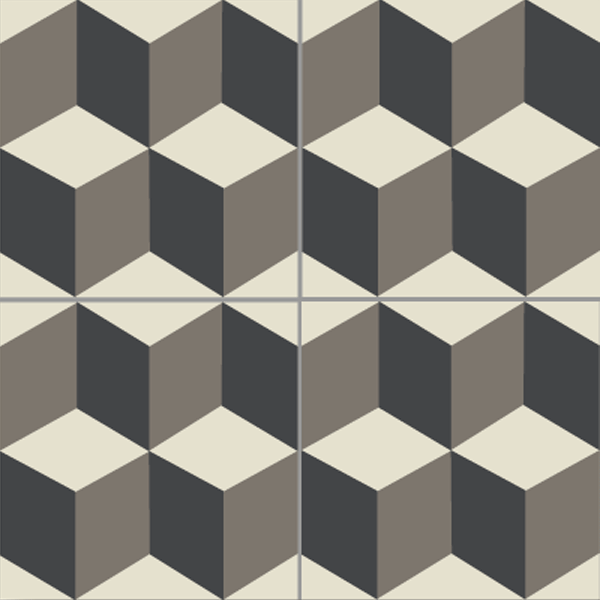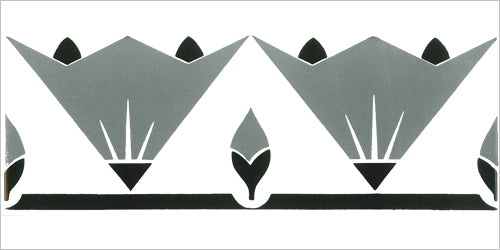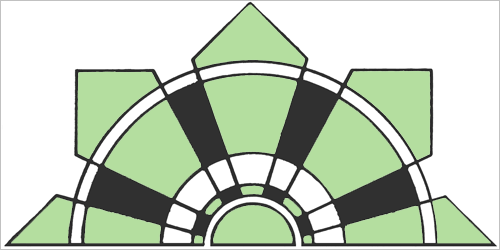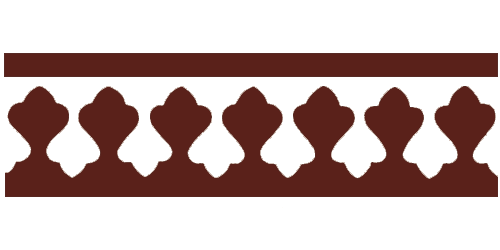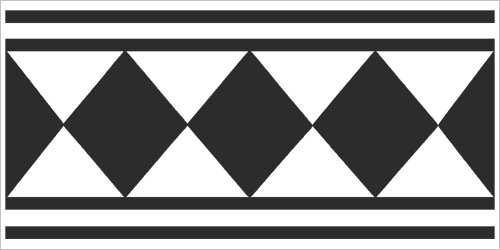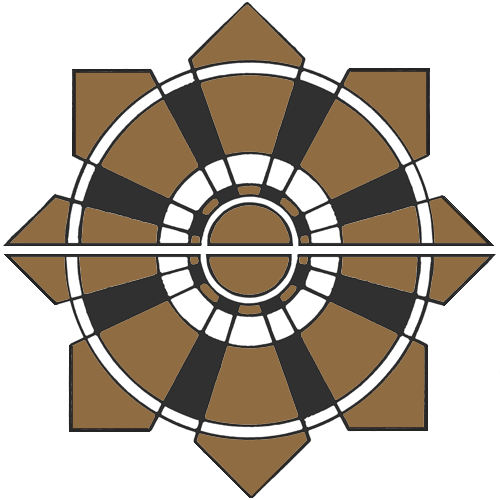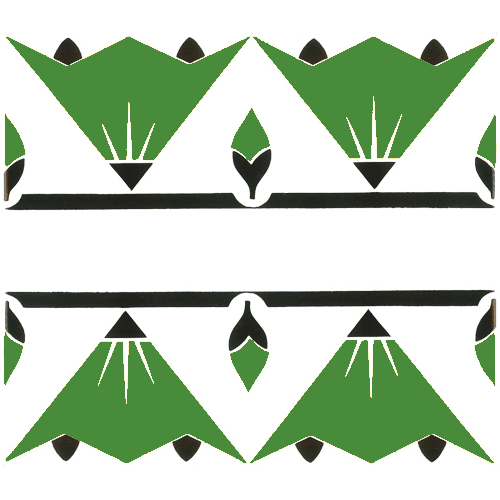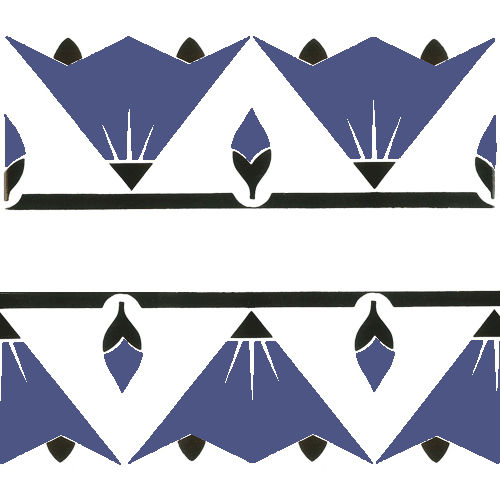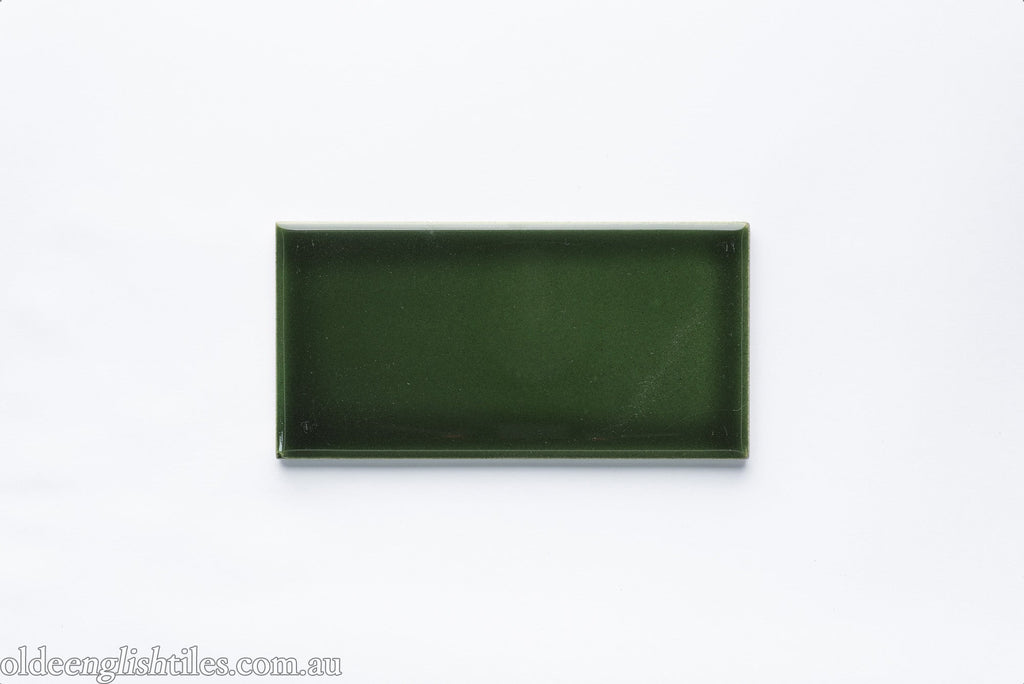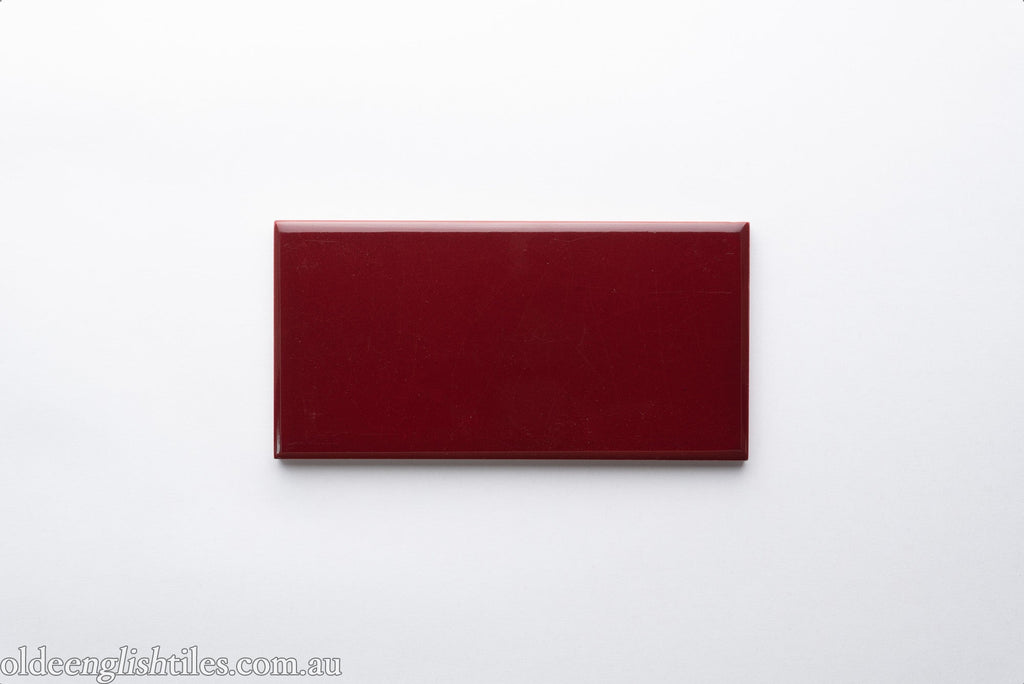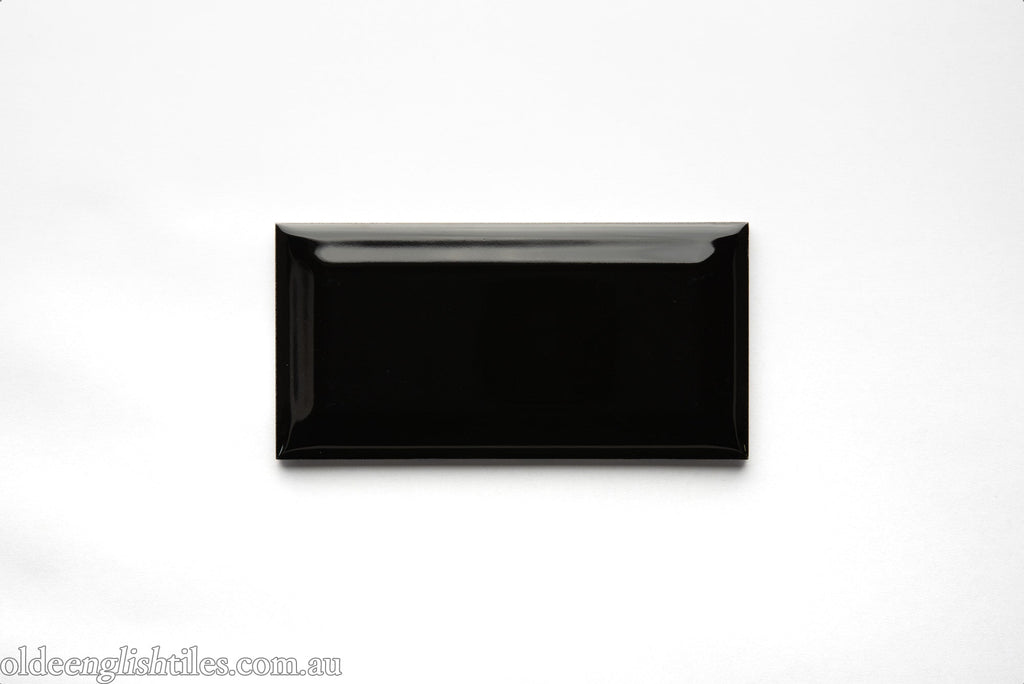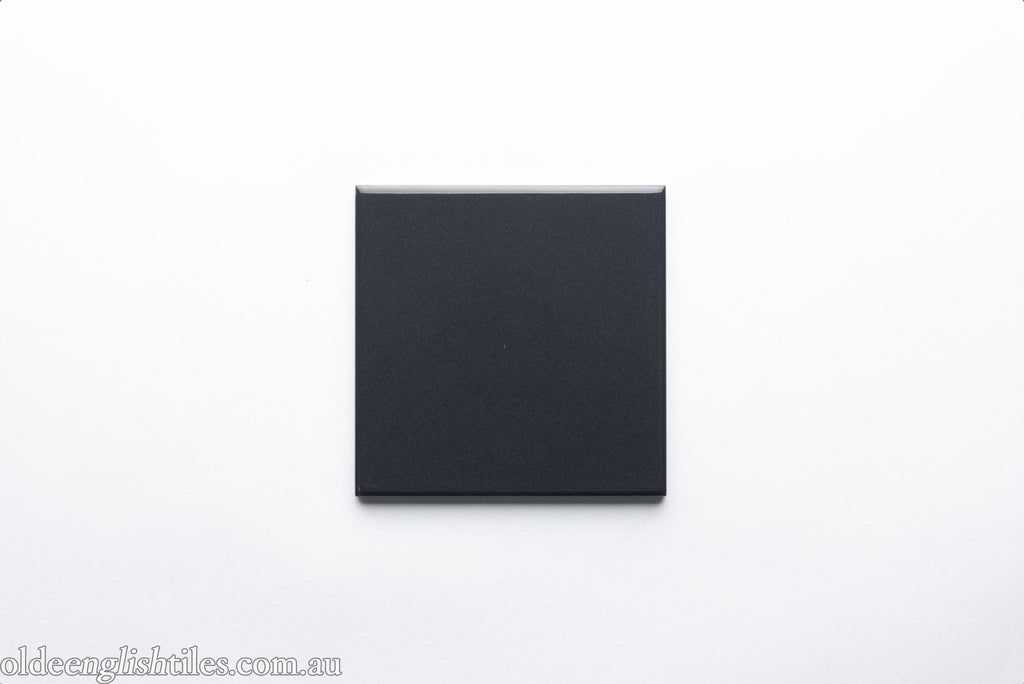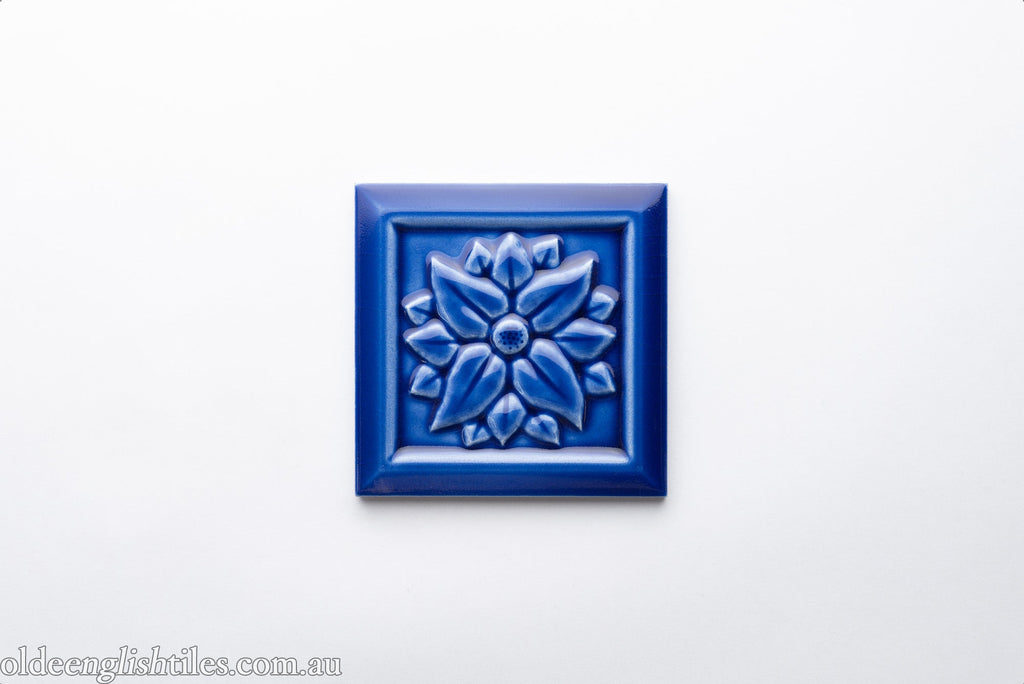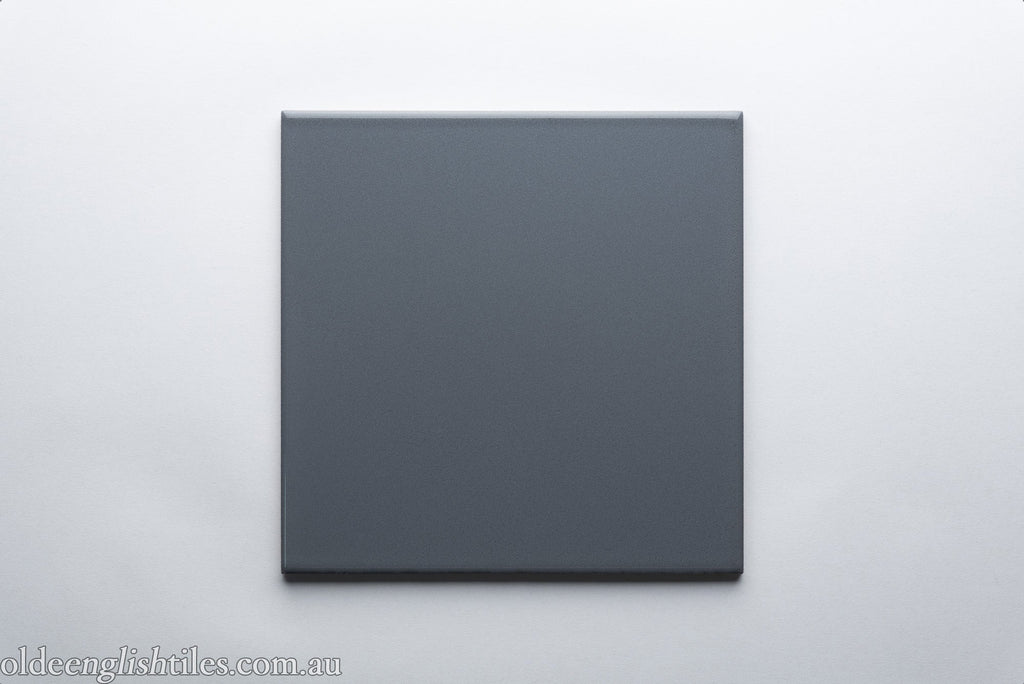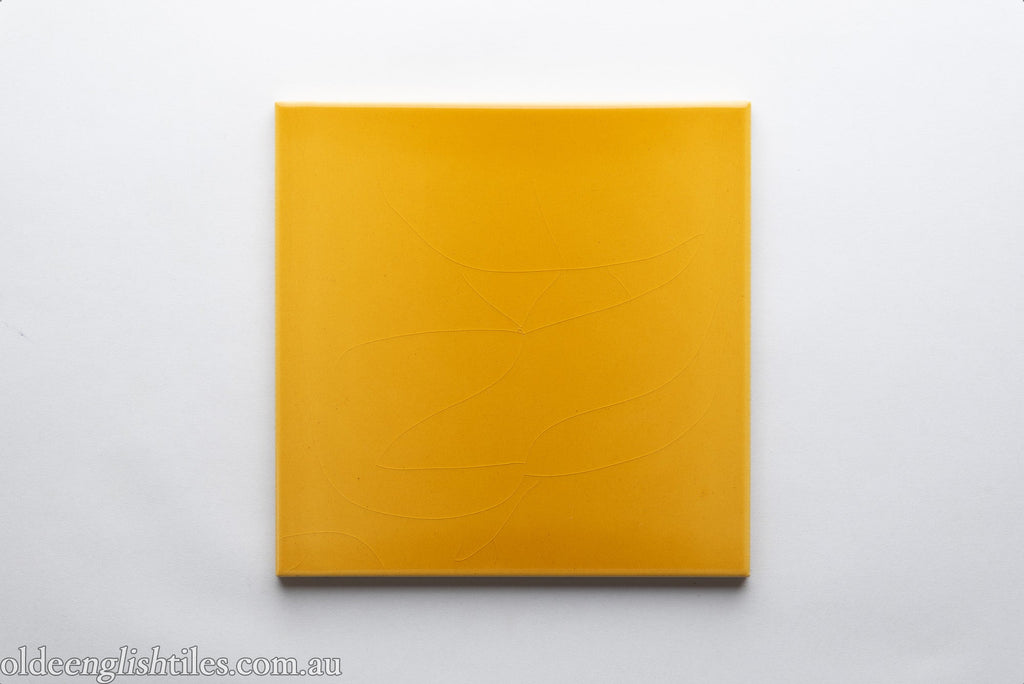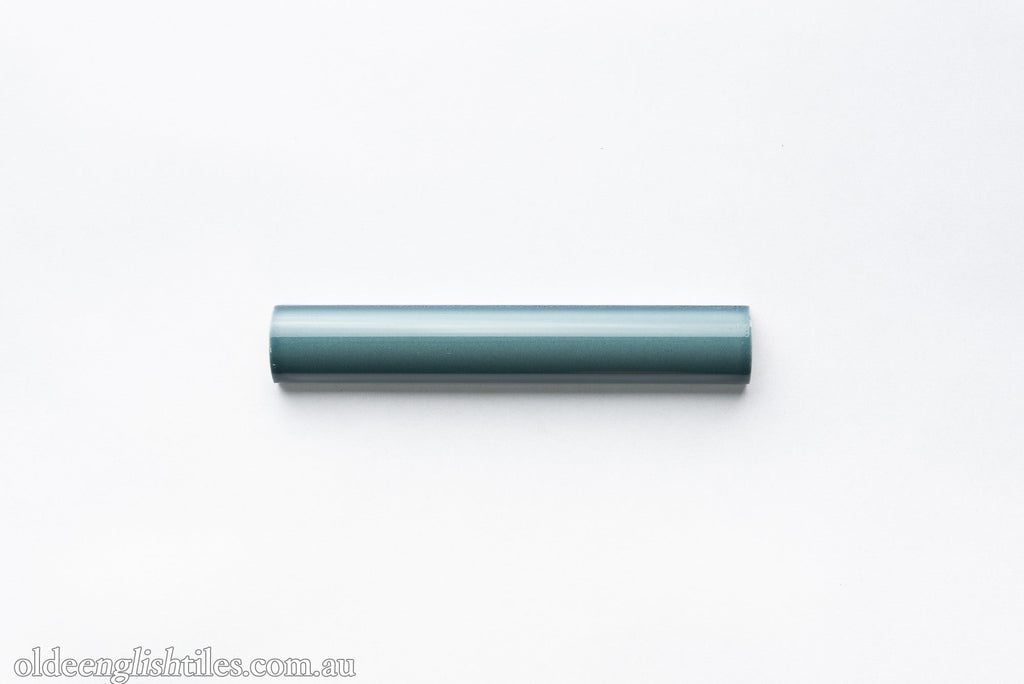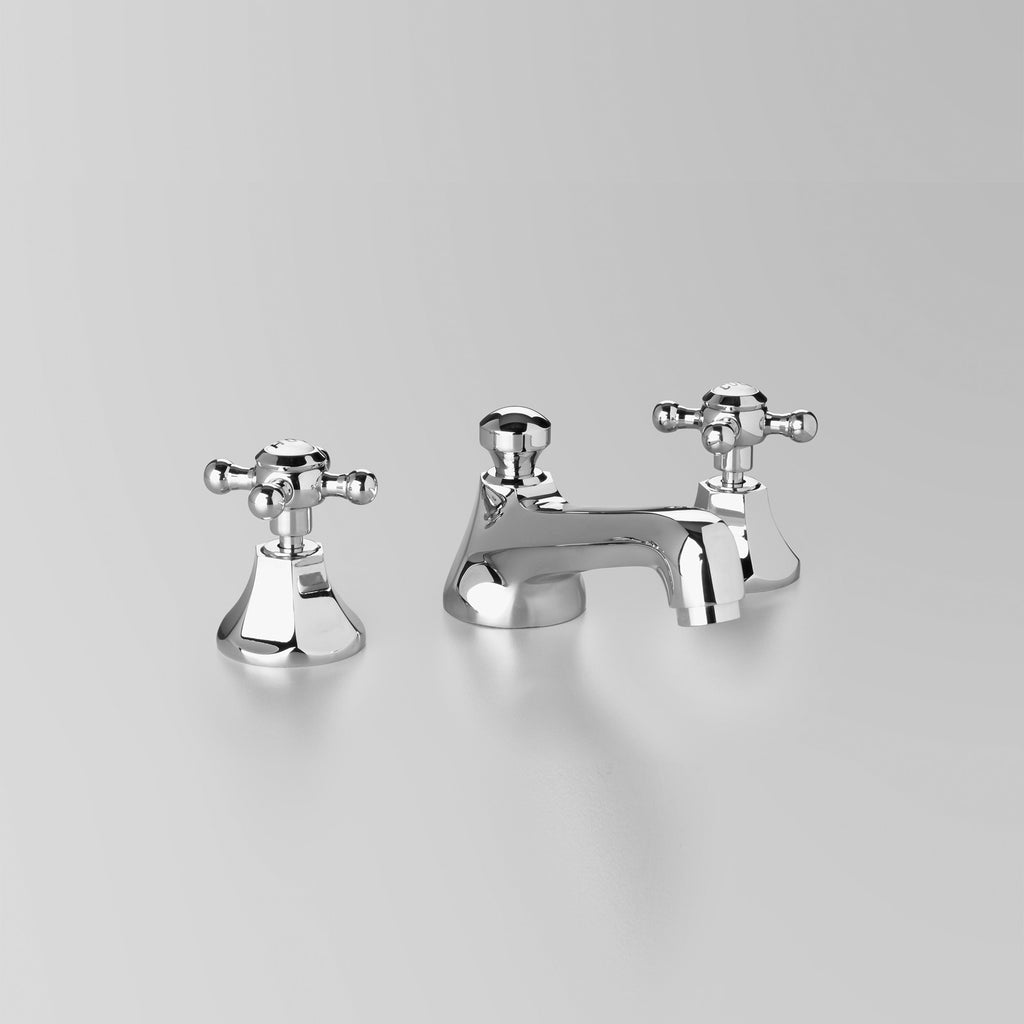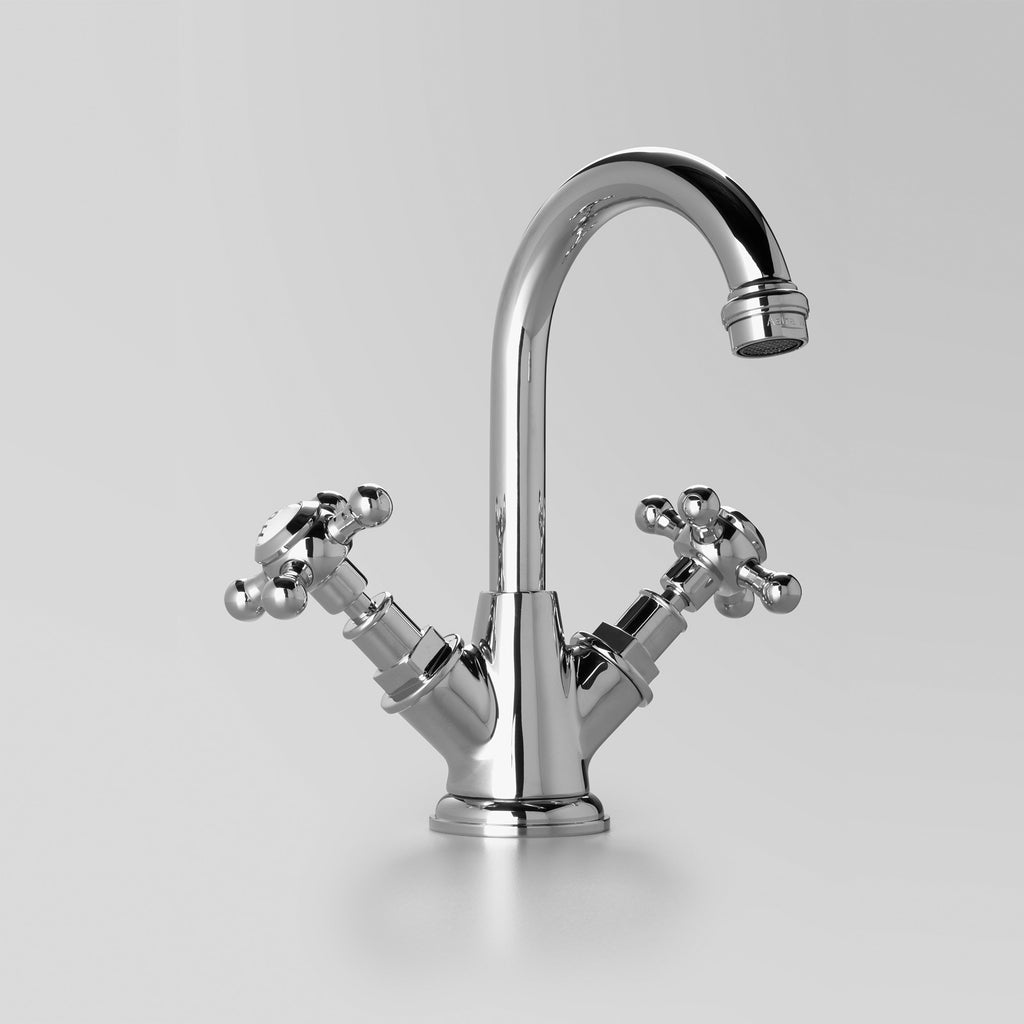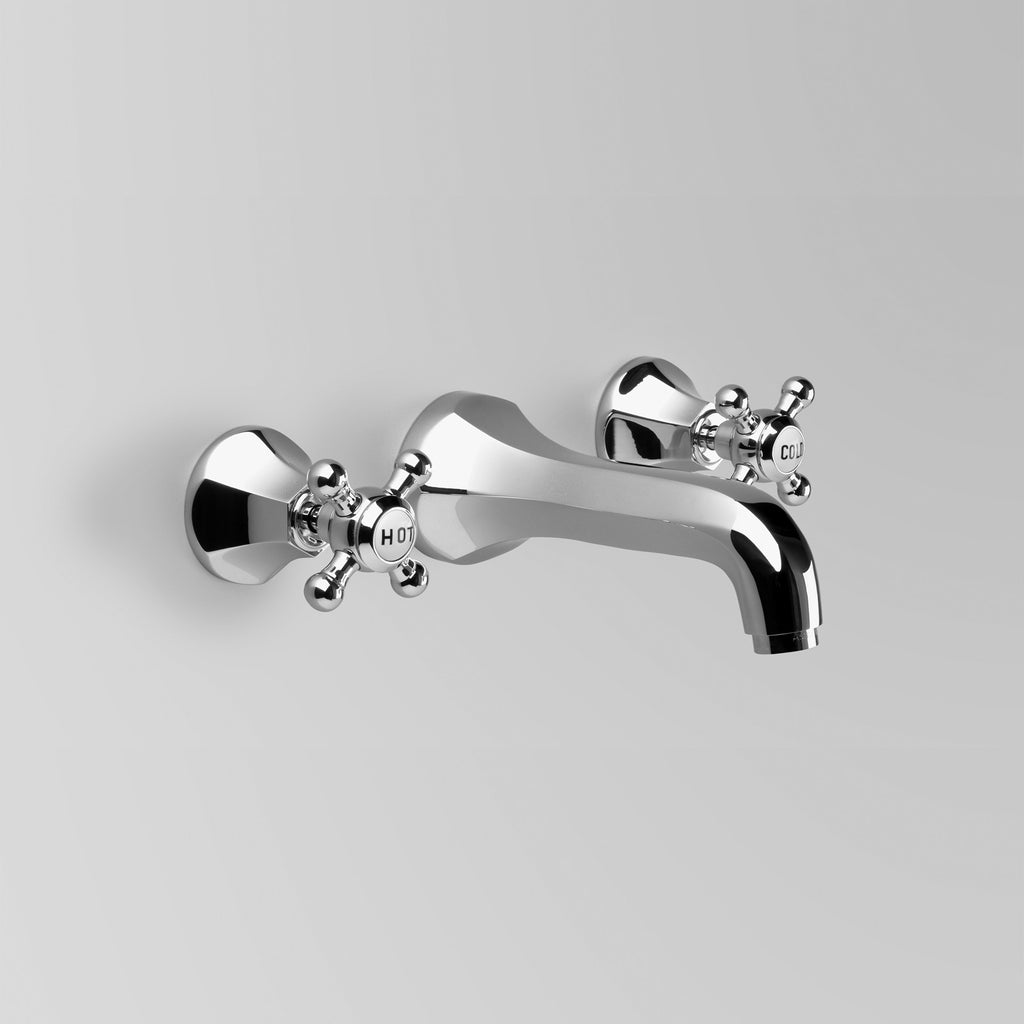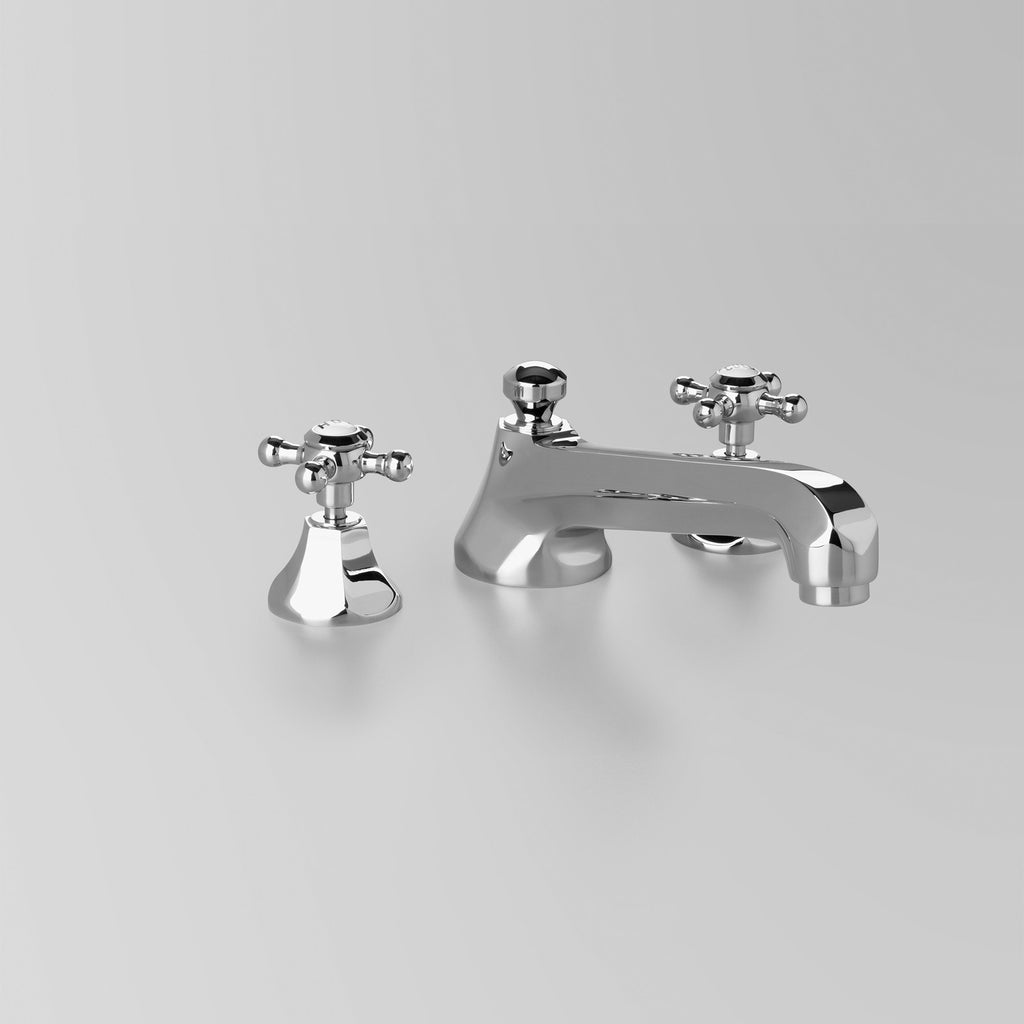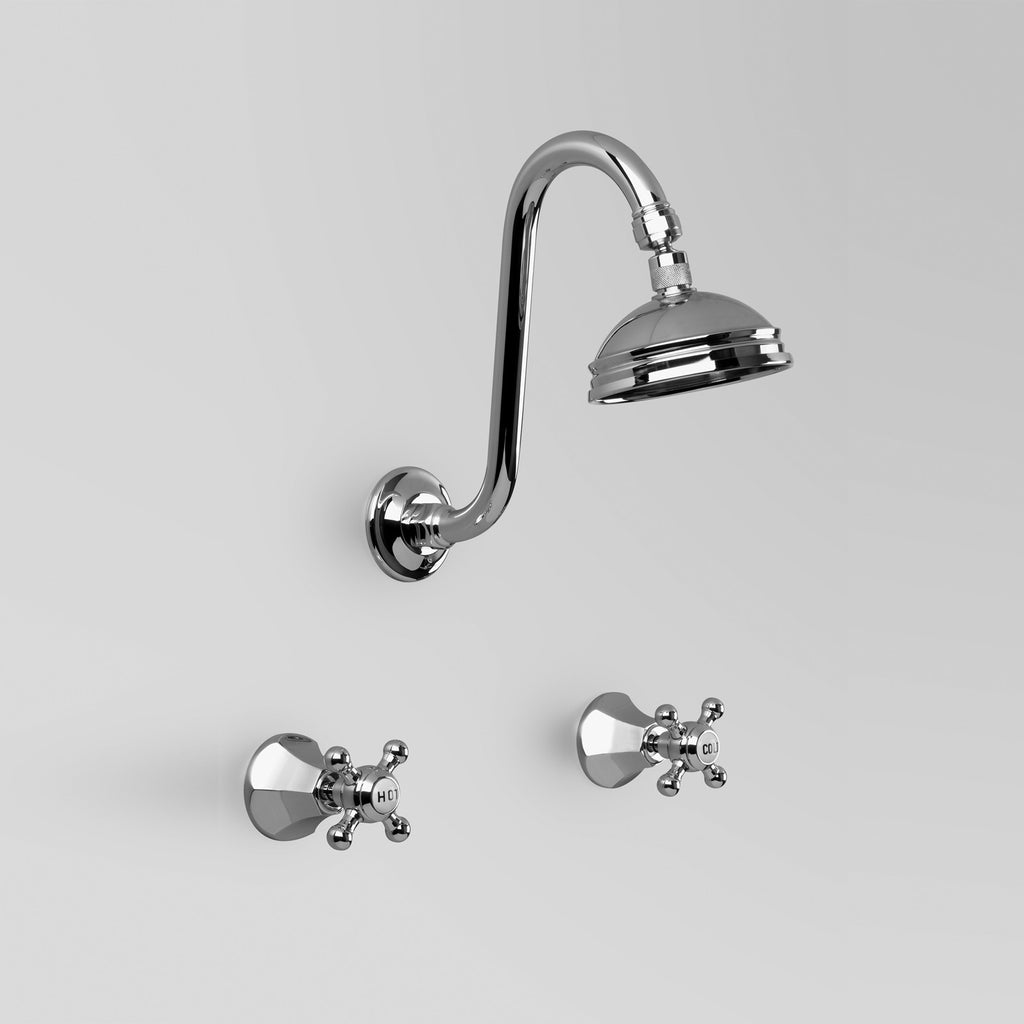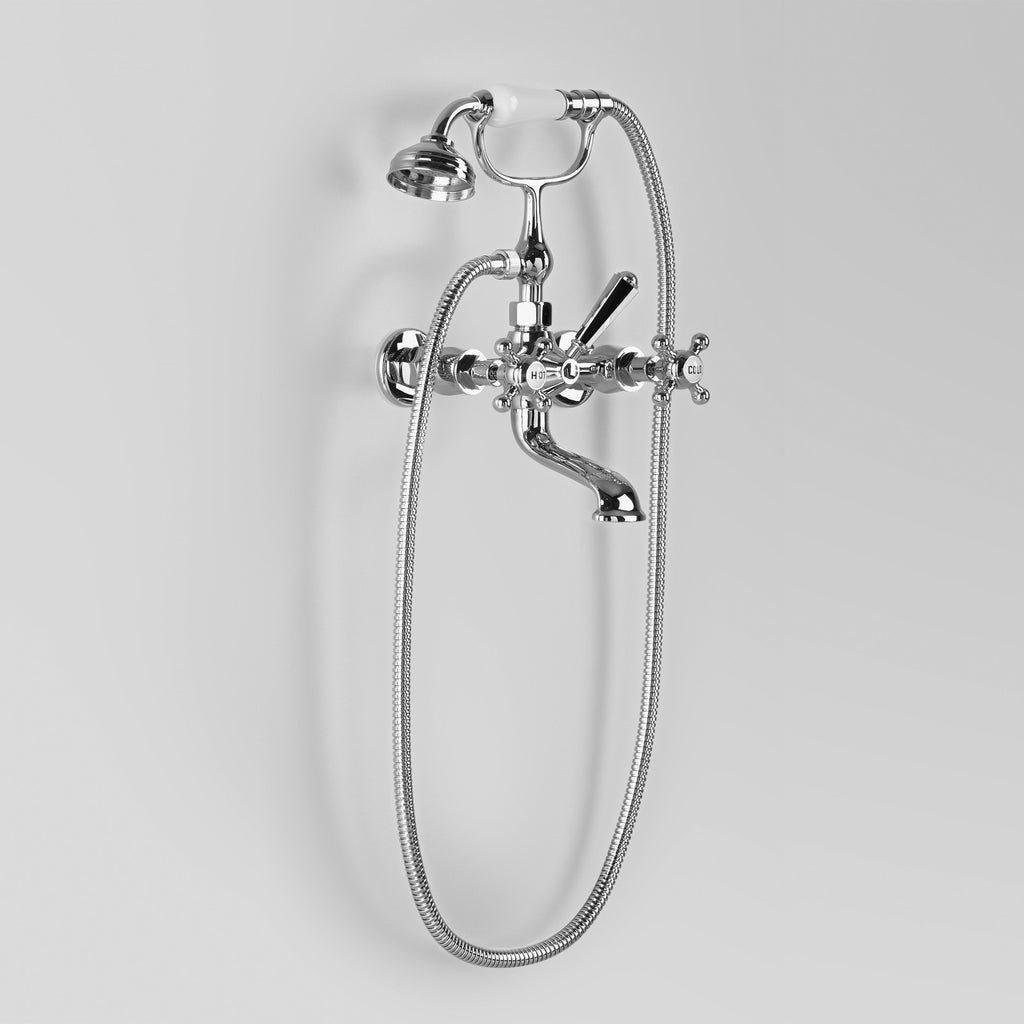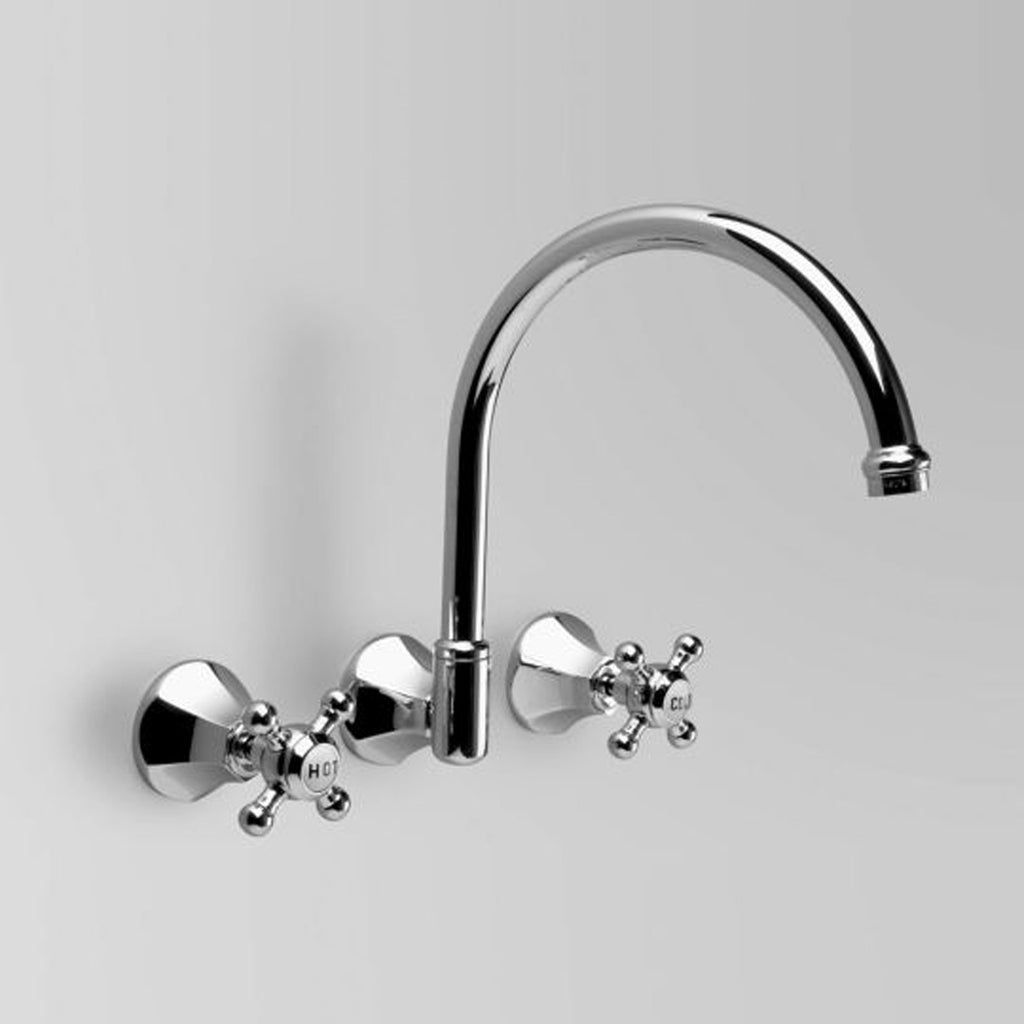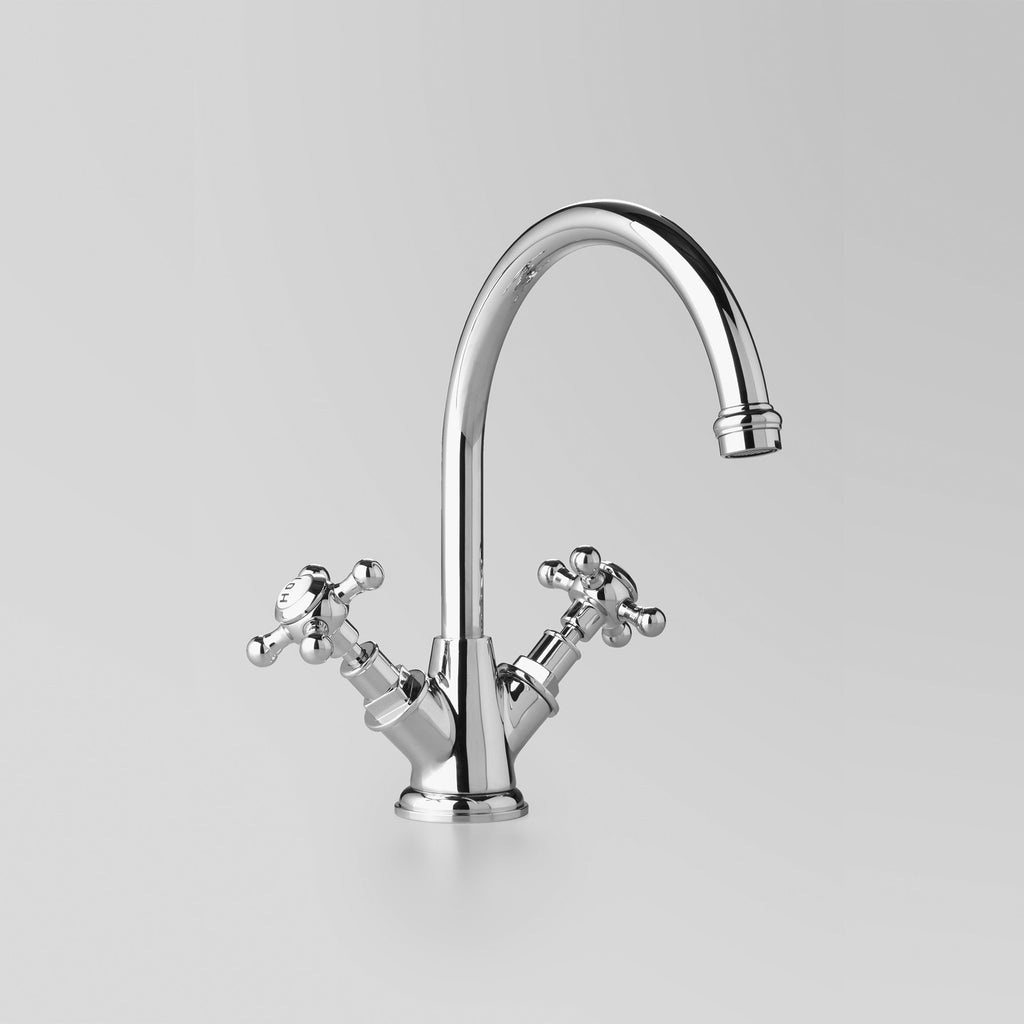Art Deco Wall & Floor Tiles
Revive your space with 1920s elegance.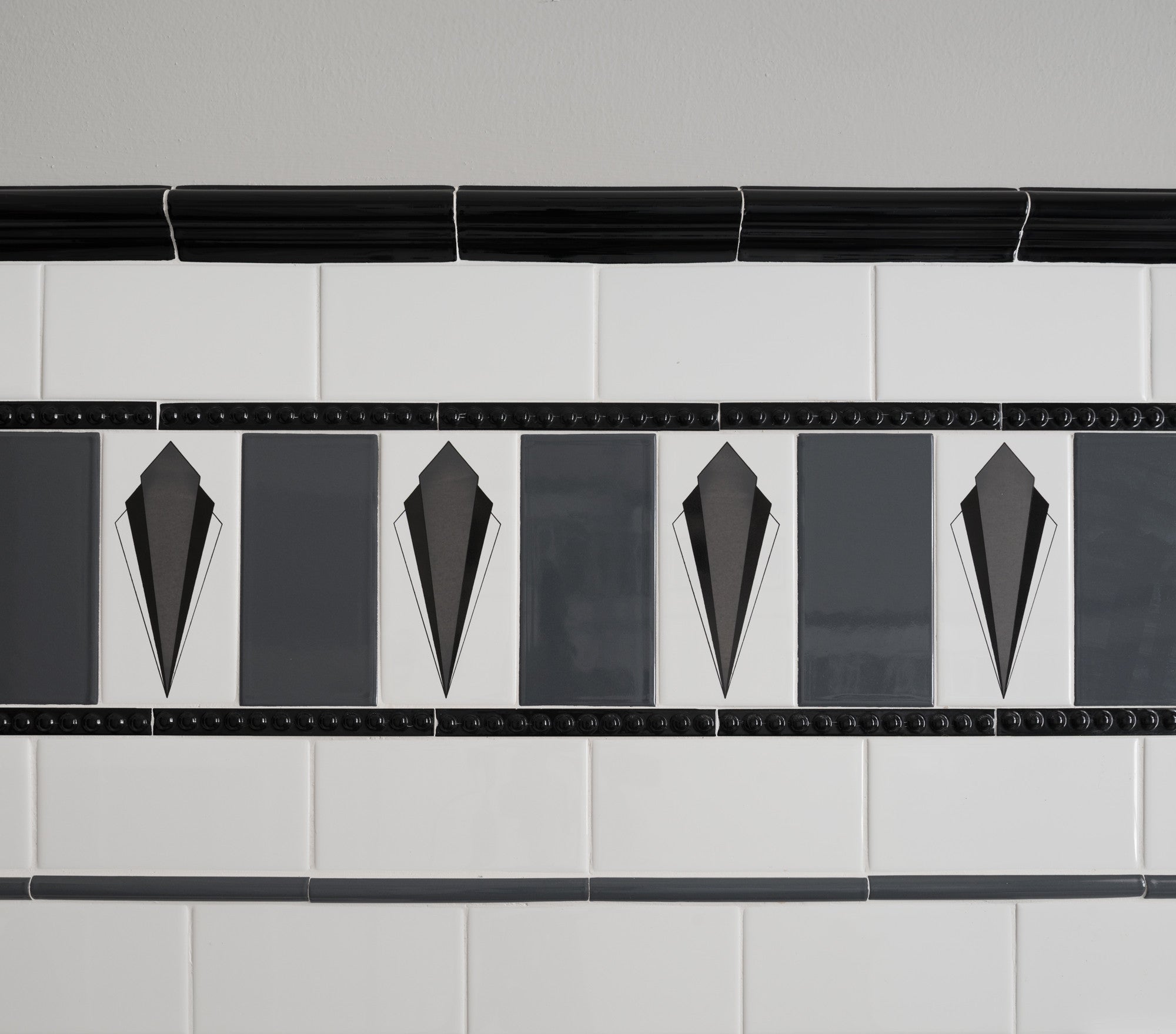
About
Art Deco-inspired tile designs to add flair to a bathroom, kitchen or living area. Our range of wall and floor tiles are colour coordinated across all formats, including friezes and trims and suitable for a wide variety of Inter-war architectural styles - from Cal...
Features
What sets our Art Deco tiles apart-
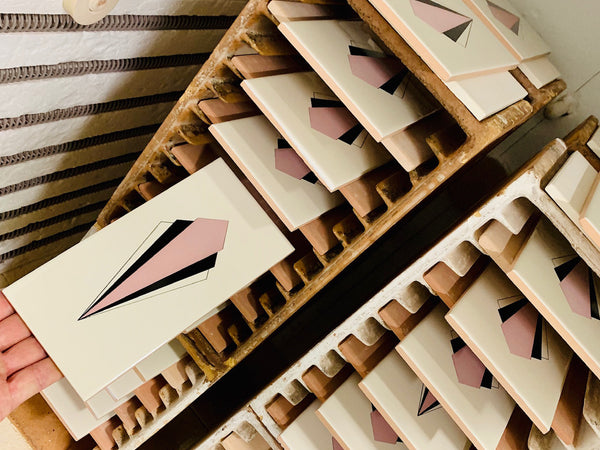
Locally produced/assembled
Get your tiles sooner!
With all our wall tiles produced, and floor tiles assembled here at our Sydney plant, you can avoid lengthy import delays and prohibitively large minimum quantity orders.
-
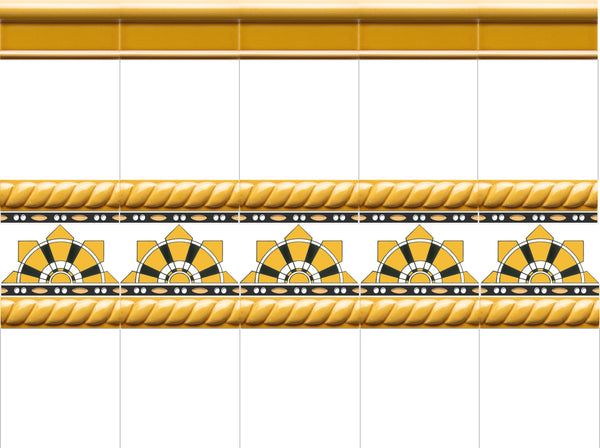
Prints, embossed & capping
Based on original period designs
Our friezes, caps & trims are suitable for a wide variety of Interwar architectural styles, from California Bungalows & Spanish Mission to P&O style, as well as commercial premises, e.g. shop & pub facades.
-
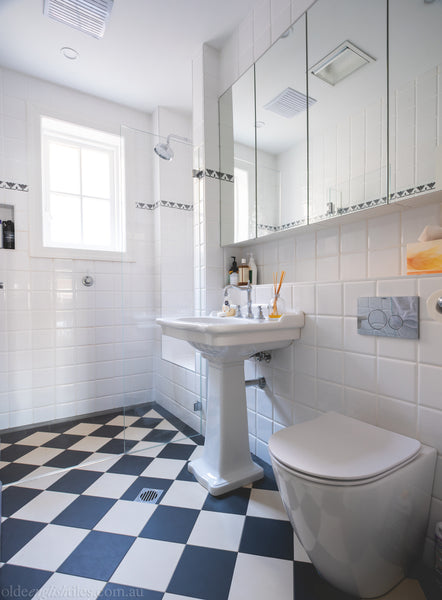
Various sizes
Subways, squares & features
Wall tiles (6mm thick) in four sizes, plus glazed decor tiles, strips, caps & coves in two lengths - 150mm & 200mm.
-
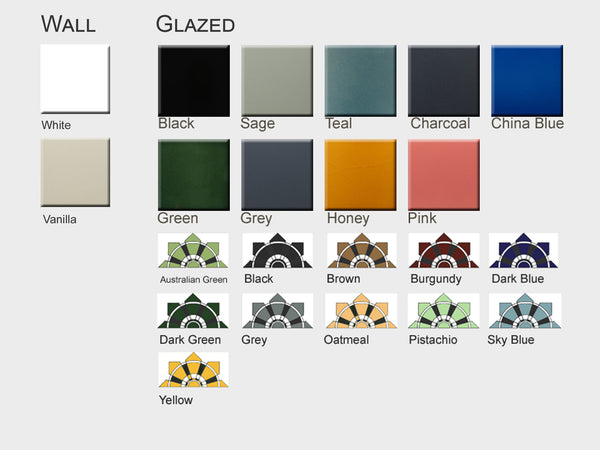
Wall colour range
Fully coordinated wall & frieze tiles
Our subway, embossed & capping tiles are available in nine onglaze colours; our screen-printed friezes come in 15 ink colours on white and vanilla, ensuring you have unparalleled variety to choose from.
-
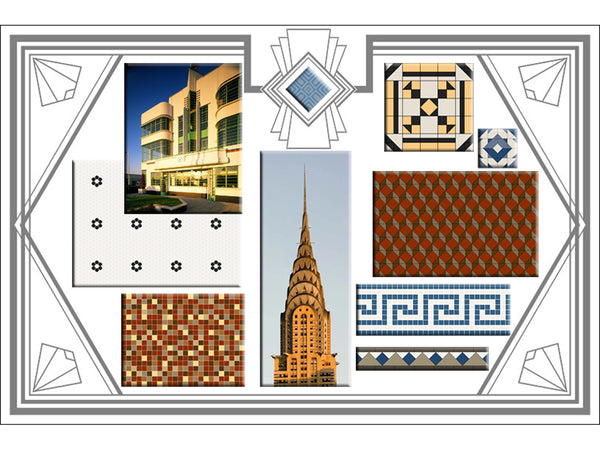
Tessellated, Mosaics & Encaustics
Thoroughly researched, historically accurate.
Our vast collection of tessellated, encaustic & mosaic patterns, including tapestry mosaics, are coordinated across all three ranges, and can be produced in colourways to your specification.
-
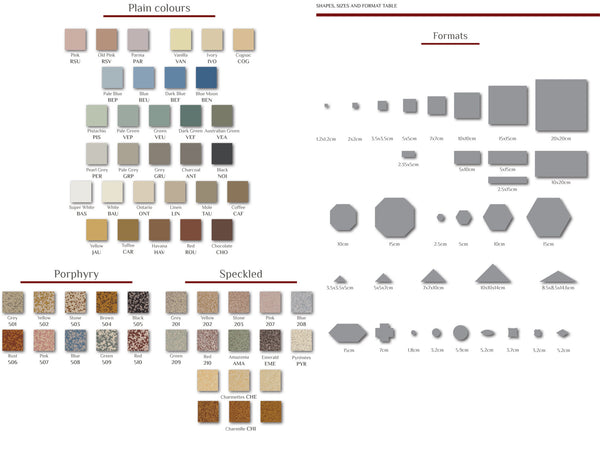
Floor colours/sizes
Unlimited scope for commercial & residential design.
With 32 plain & 24 speckled colours across 24+ format shapes & sizes, these porcelain tiles are appropriate for any & all Interwar architectural styles & locations, from residential bathrooms to pubs, restaurants & shops.
-
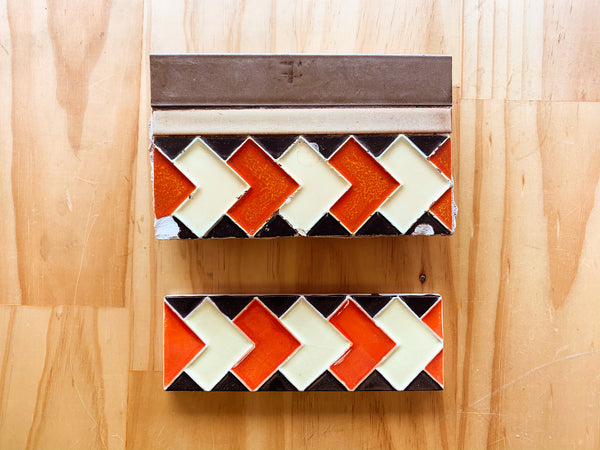
Custom-Made designs
Perfect for heritage projects.
Whether repairing or replacing, we can replicate your period tiles; no minimum quantities, no lengthy production/shipping delays. Suitable for commercial or residential projects.
Products
The best of our Art Deco Wall & Floor TilesArt Deco Tessellated
Simple patterns in simple colourways characterise the tessellated floors of the various styles of Interwar housing - from the Stanmore tiled entrance of a Georgian Revival apartment to the pathway of a California Bungalow featuring the Chester pattern, and everything in between. Scroll products to see 3 colourways. See our full range of Tessellated patterns in our TESSELLATED collection.
Art Deco Tessellated Borders
Borders employed on a tessellated floor obeyed the same aesthetic limitations - a restricted, earthy colour palette and an absence of encaustics. Popular borders included Bristol, Deco, Balmain, Richmond & Norwood. Scroll products to see 3 colourways. See our full range of Tessellated borders in our TESSELLATED collection.
Art Deco Tessellated Panels
Scroll products to see 4 colourways. See our full range of Tessellated panels in our TESSELLATED collection.
Art Deco Mosaic
Mosaics became the preferred flooring for the majority of buildings, domestic and commercial, between the wars. Our mosaic ranges, including the Classic and Tapestry, capture the spirit of the age with an unmatched variety of authentic patterns and colours. Scroll products to see 3 colourways. See our full range of Mosaic patterns in our MOSAIC collection.
Art Deco Tapestry
Tapestry mosaics are a quintessential part of Art Deco floor styling. A popular choice for Inter-war housing, especially apartment blocks, shops, pubs and civic buildings, the simple patterns of Tapestry mosaics have an energetic, informal quality that reflects the spirit of the Jazz Age, while the earthy colours suggest a return to nature. Scroll products to see 3 colourways.
Art Deco Mosaic Borders
Borders were simple geometric arrangements using rectangular or square tesserae in either a classical pattern, e.g. Greek Key, or variations on the checkered theme, such as Charleston & Jazz. Scroll products to see 3 colourways. See our full range of Mosaic borders in our MOSAIC collection.
Art Deco Encaustics
Everything old is new again, and encaustics are no exception. Our range of Art Deco encaustics is manufactured by the French company Winckelmans, one of the pioneers of this type of product. All the patterns in this range are authentic, sourced from the company's 100+ year old archives. Scroll products to see 3 colourways. See our full range of Encaustic patterns in our ENCAUSTICS collection.
Art Deco Features: Rectangle
The stylistic influences expressed in our collection of Art Deco frieze tiles range from symbols of new scientific & technological advances to the motifs derived from recent Egyptian & Greek archaeological discoveries. The colours have been fully coordinated with our Art Deco floor ranges. Scroll products to see 15 ink colours.
Art Deco Features: Square
Scroll products to see 11 ink colours.
Art Deco Features: Strips
Scroll products to see 11 ink colours.
Art Deco Features Glazed
Scroll products to see 9 onglaze colours. See our full range of Glazed patterns and Colours in our Heritage collection.
Classic Bathroomware
Art Deco Splendour captured with the strongly defined lines of Classic. Finishes available in Polished Chrome & Brushed Platinum. Lever Options available on Classic Range. Black porcelain lever, White porcelain lever & Metal lever. Normal Handles are Default. Some items come with Flow Control Option & Different Pop Up Waste sizes at no additional cost. See our full range of Bathroom ware in our BATHROOM WARE collection.







